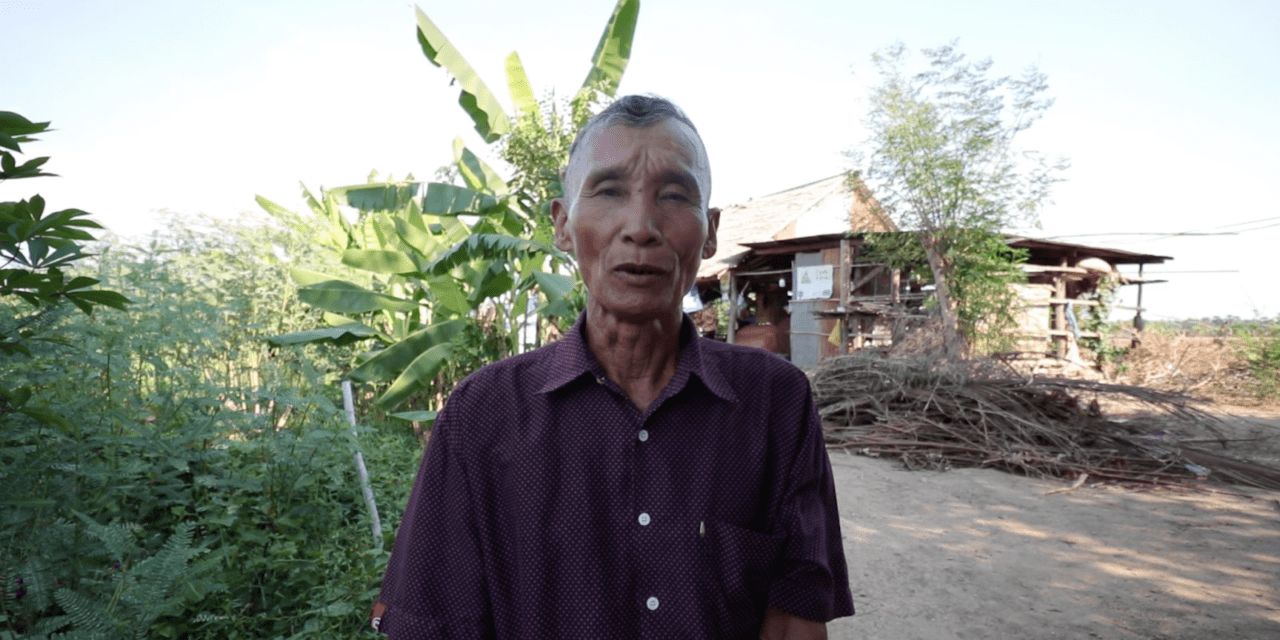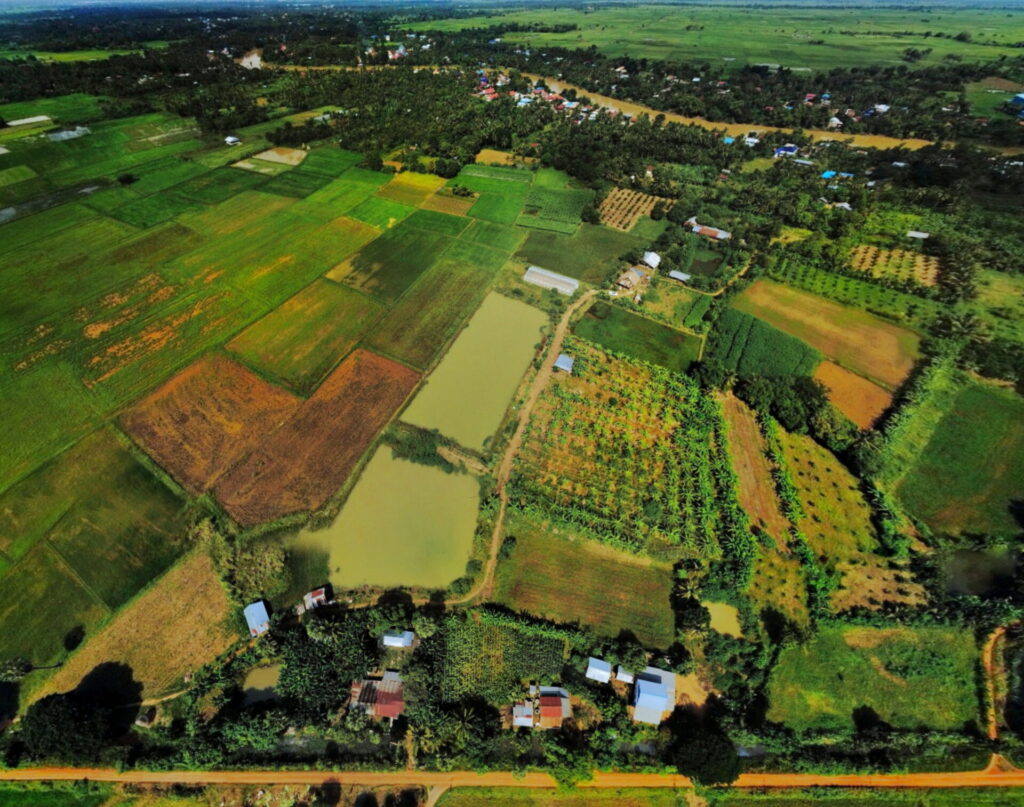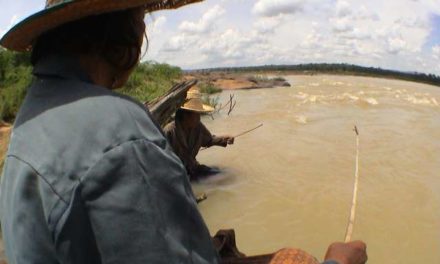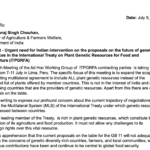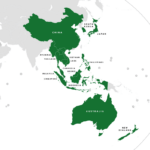A Life Rooted in Tradition
Nim Chheang’s connection to the land is deeply rooted. He grew up watching his community thrive through sustainable practices, long before the encroachment of chemicals and hybrid seeds altered the landscape. “The Cambodian people lived healthy, happy lives,” he recalls. But now, as diseases linked to modern agricultural practices become more common, Chheang’s commitment to natural farming has only deepened.
Chheang practices agroecology—a farming approach that emphasizes working with nature, rather than against it. On his land, he has created a thriving ecosystem by planting a variety of trees, including those from endangered species he has carefully collected from nearby forests. These include Barringtonia acutangula and other species typical of flooded forests, which are now rare in the region.
The Battle Against Chemical Dependency
In a time when chemical fertilizers and pesticides dominate agriculture, Chheang stands firm in his belief that these practices are harming both the environment and human health. He sees the deterioration of health in his community as directly linked to the modern agricultural practices that have become widespread. The chemicals used in farming are not only polluting the land but also contributing to a decline in biodiversity—a decline that Chheang is determined to reverse.
On his farm, Chheang avoids using chemical fertilizers and pesticides. He also tries to rely on traditional, open-pollinated seeds—seeds that can be saved and replanted year after year, unlike hybrid seeds, which cannot reproduce true to type. However, he acknowledges a challenge: the scarcity of traditional seeds. He encourages other farmers to share their traditional varieties, fostering a community of exchange and preservation.
A Legacy for Future Generations
Chheang’s work is not just about preserving the past; it’s about creating a sustainable future. He hopes that in five years, his land will be home to hundreds of species of trees, offering cool shade and a temperate climate, thanks to the benefits of agroecology. “We want to leave a legacy,” he says, emphasizing that future generations should have the opportunity to learn about and benefit from the rich biodiversity of their homeland.
By planting rare and endangered trees, Chheang is creating a living classroom for children who may otherwise never encounter these species. His efforts are a direct challenge to the narrative that modern, chemical-dependent agriculture is the only way forward. Instead, he offers a model of farming that is both sustainable and deeply connected to the cultural and environmental heritage of Cambodia.
A Call to Action
Chheang’s message to other farmers is clear: research the benefits of agroecology, understand why modern practices are making us sick, and consider returning to traditional methods. He believes that the health of both the people and the planet depends on it. “The key is food sovereignty,” he insists—a concept that emphasizes the right of people to healthy and culturally appropriate food produced through ecologically sound and sustainable methods.
Chheang’s journey is a timely reminder that these traditional knowledge and practices hold the key to a sustainable future. As we grapple with the challenges of climate change and environmental degradation, the lessons from farmers like Nim Chheang offer a path forward—one that respects the wisdom of the past while nurturing the needs of the future.

